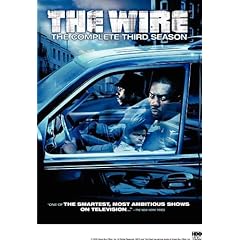I know that there is debate about whether or not art fakes really cause any large economic problem, however, it has to be admitted that art fakes do cause consternation. The problem being that museums, collectors, and art lovers worry that what they buy or view might not be the real thing.
One of the large problems has always been Salvador Dali paintings. He was known to have signed his signature on blank canvas to sell to people who wanted to make "Daliesque" paintings.
Then there are numerous fakes that exist where it is just an opportunist wanting to sell artwork for large amounts of money without holding the real painting. They are counterfeits that constitute a fraud.
As far as the viewer, it is unfair for a fan of a work of art to be tricked into thinking he or she is looking at the real thing. As many art historians say, there is an aura and uniqueness to an original work of art that makes it special.
Guaranteeing works of art have become a big business for many art historians as both museums and serious collectors are willing to shell out a lot of money to ascertain they are buying the real thing.
Authenticating works of art has long been the domain of art historians steeped in the works of a particular artist. In addition to their discerning eyes, these art sleuths have also been able to use surface-material examination and x-ray analysis to determine if a work of art is authentic
Researchers at Dartmouth College have produced a new tool for identifying fake works.
The digital authentication technique builds a statistical model of an artist from scans of a set of authenticated works. Other works are then compared against this baseline data.
The process finds consistencies and inconsistencies in the works. The technique is similar to how a digital camera compresses an image by removing so-called statistical redundancies.
This wouldn't be a tool that would replace the human eye, it would merely enhance what we can already do.


